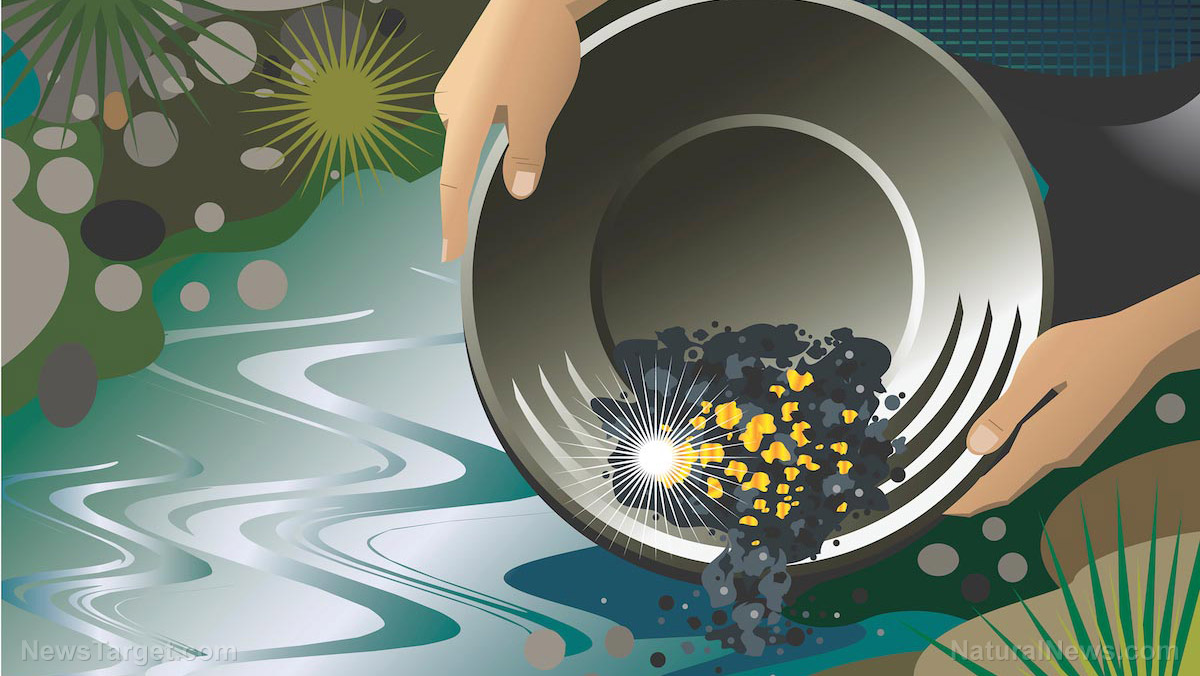
The solar system has been traveling through the remains of exploded stars for at least 33,000 years, suggests a study published in the journal Proceedings of the National Academy of Sciences.
The Earth is currently passing through a field of debris called the local interstellar cloud. This debris field is composed of the remnants from old supernovae – massive explosions that happen when a large enough star reaches the end of its life. Supernovas, in turn, produce iron-60, a rare isotope of iron that originates exclusively from space.
“These clouds could be remnants of previous supernova explosions, a powerful and super bright explosion of a star,” said first author Anton Wallner of the Australian National University.
In the new study, Wallner and his team have discovered that iron-60 has been settling beneath the Earth’s ocean for the last 33 millennia, suggesting that the Earth has been passing through the local interstellar cloud for at least that long. (Related: The Earth may be traveling through the debris of an ancient supernova explosion.)
33,000-year journey through the local interstellar cloud
Evidence shows that the solar system has passed through a cloud of debris a few times before. Wallner previously identified traces of iron-60 that are dated about 2.6 million years ago and, possibly, another set of the isotopes at around 6 million years ago.
Wallner noted that while iron-60 is extremely rare on Earth, several deposits of them have been identified, suggesting that iron-60 deposits are found in different parts of the world. For example, previous research discovered iron-60 from a layer of snow in Antarctica that is no more than 20 years old.
For the study, the researchers attempted to estimate how long the solar system has been traveling through the local interstellar cloud. They looked for iron-60 in ocean sediment samples from as far back 33,000 years ago. These samples contain fossilized ancient magnetotactic bacteria that created magnetic crystals out of iron particles – including iron-60 – to find their way around.
The researchers were able to find the isotopes in the sediment at extremely low levels, which are equivalent to radioactivity levels in space but far below Earth’s background levels. The distribution of iron-60 also matched Earth’s journey through the local interstellar cloud. These findings suggested that Earth has been receiving a weak but steady influx of dust particles bearing iron-60 for the past 33,000 years.
Due to the low iron-60 levels, the researchers posited that the isotopes originated from the isolated remnants of older supernovae.
“There are recent papers that suggest iron-60 trapped in dust particles might bounce around in the interstellar medium,” Wallner said. “So the iron-60 could originate from even older supernovae explosions, and what we measure is some kind of echo.”
Local interstellar cloud in the “Local Bubble”
The local interstellar cloud is found within an area of space called the Local Bubble.
The space between stars and solar systems are not void; it is filled with diffuse gas and dust that make up a low-density matter called the interstellar medium (ISM). If the Earth’s atmosphere has thousands of trillions of particles per cubic centimeter, the ISM only has a few dozen particles per cubic meter.
Scientists previously noticed that some regions of ISM are less dense than others. After measuring differences in the luminosity of identical stars, experts were able to deduce the existence of an enormous cavity within the ISM. The Local Bubble is a portion of this cavity, about 300 to 400 light-years across, where the solar system has been traveling through for millions of years.
Experts suspect that the Local Bubble was “carved” by multiple supernovae in the Scorpius-Centaurus OB Association star cluster. Material from the stars in this cluster are thought to have contributed to the formation of the stellar dust clouds that make up the local interstellar cloud.
Cosmic.news has more on the solar system’s neighborhood.
Sources include:
Please contact us for more information.





















